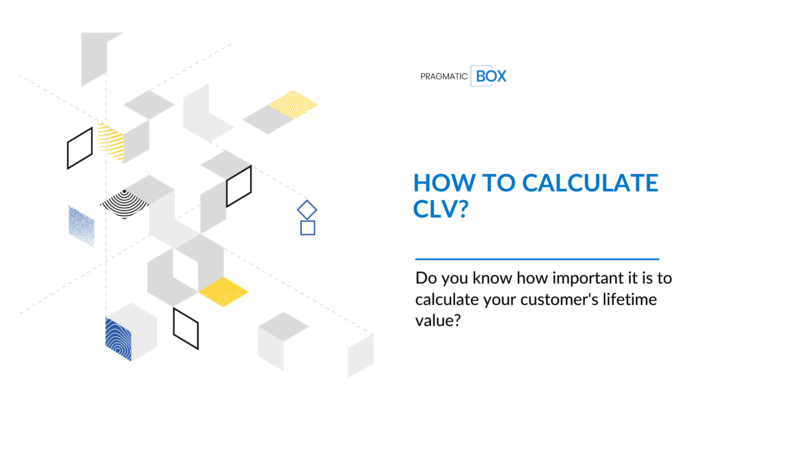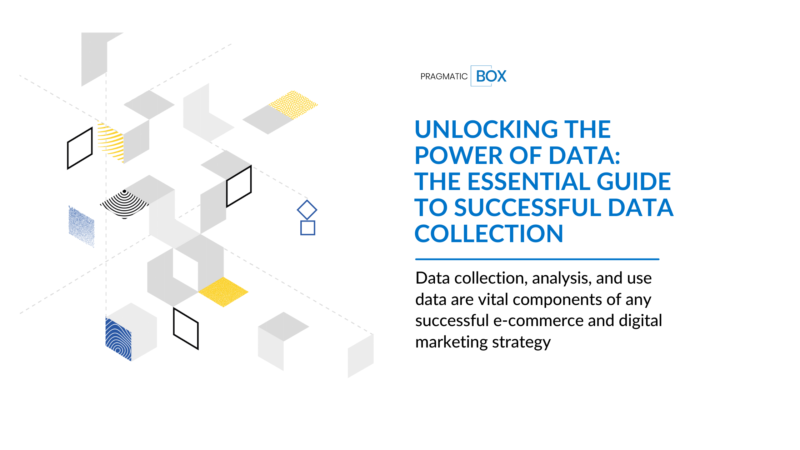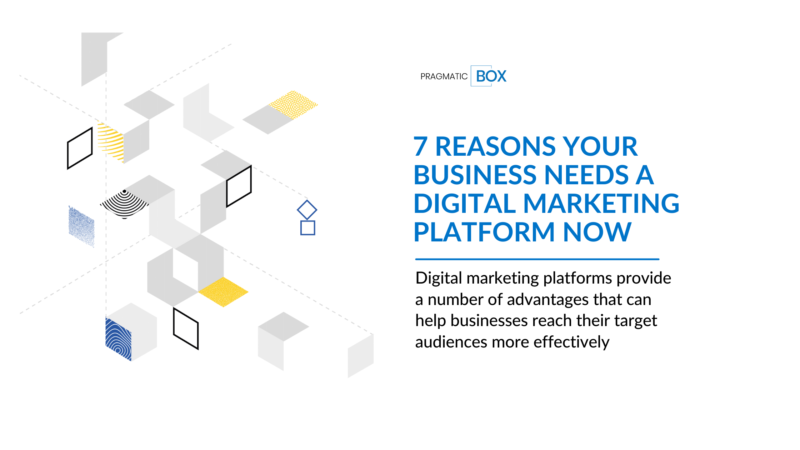Facebook Pixel is a piece of code that you add to your website in order to help track conversions and measure the effectiveness of Facebook advertising. By understanding how Facebook Pixel works and how to use it, you can get more out of your Facebook advertising campaigns and make better decisions about where to allocate your marketing dollars. In this blog post, we’ll discuss what Facebook Pixel is, how it works, and how to set it up on your website.
What is Facebook Pixel and how does it work?
Pixel Facebook is a tool that allows businesses to track customer behavior on their website. By placing a pixel on their website, businesses can collect data about the actions that people take on their website. This data can be used to track conversions, optimize ads, and build targeted audiences for future marketing campaigns. Pixel Facebook can also be used to track events such as add to cart, sign up, and purchase. By tracking these events, businesses can better understand the customer journey and take steps to improve the overall experience. In order to use Pixel Facebook, businesses first need to create a pixel. Once the pixel is created, they can then place it on their website and begin tracking customer behavior.
How to create a Facebook Ads account?
Before you can create a Facebook ad, you’ll need to set up a Facebook Ads account. You can do this by going to the Facebook Ads website and clicking on the “Create an Account” button. Once you’ve entered your information and created an account, you’ll be able to create your first ad. To do this, click on the “Create an Ad” button and select the type of ad that you want to create. You’ll then be asked to enter your ad’s text, headline, and destination URL. After you’ve entered this information, you can preview your ad and then publish it. Facebook Ads allows you to target your ads to a specific audience, so make sure to select the appropriate audience when creating your ads. By following these steps, you can easily create a Facebook Ads account and begin running ads on Facebook.
How to add Facebook Pixel to your website?
Adding a Facebook pixel to your website is a great way to collect data on your website visitors and track their interactions with your ads. The Facebook pixel is a piece of code that you can add to your website to track conversions, optimize ads, and build audiences for future advertising. There are two ways to add the Facebook pixel to your website: directly through the code or through Google Tag Manager.
If you’re adding the code directly to your website, you’ll first need to create a new Facebook pixel. To do this, log in to your Facebook account and go to the Pixels tab in the Events Manager. Then, click Create a Pixel and give your pixel a name. Next, copy the code provided by Facebook and paste it into the header of your website. Finally, add the standard events code to the relevant places on your website.
If you’re using Google Tag Manager, you’ll first need to create a new tag in Tag Manager and select “Custom HTML” as the tag type. Next, copy the Facebook pixel code provided by Facebook and paste it into the HTML field. Then, select “All Pages” as the trigger type and save the tag. Finally, publish your changes.
Adding a Facebook pixel to your website is a quick and easy way to collect data on your website visitors and track their interactions with your ads. By adding the code directly or through Google Tag Manager, you can easily get started tracking conversions, optimizing ads, and building audiences for future advertising campaigns.
Facebook Conversion API – a better alternative
If you’re looking for a more accurate way to track conversions on Facebook, the Facebook Conversion API is a great alternative to the Facebook pixel. The Facebook pixel can be inaccurate due to adblock and browsers blocking cookies, but the Facebook Conversion API is not affected by these issues. In addition, the Facebook Conversion API is more accurate in general, making it a better choice for businesses that rely on conversion data to make decisions. If you’re looking for a reliable and accurate way to track conversions on Facebook, the Conversion API is the way to go.
Overall, Pixel Facebook is a great tool that can provide you with valuable insights into your website traffic. However, it is important to keep in mind that the data may not be 100% accurate. If you are looking for more accurate data, you may want to consider using the Facebook Conversion API instead.
If you want to implement Facebook Conversion API talk to our experts!




